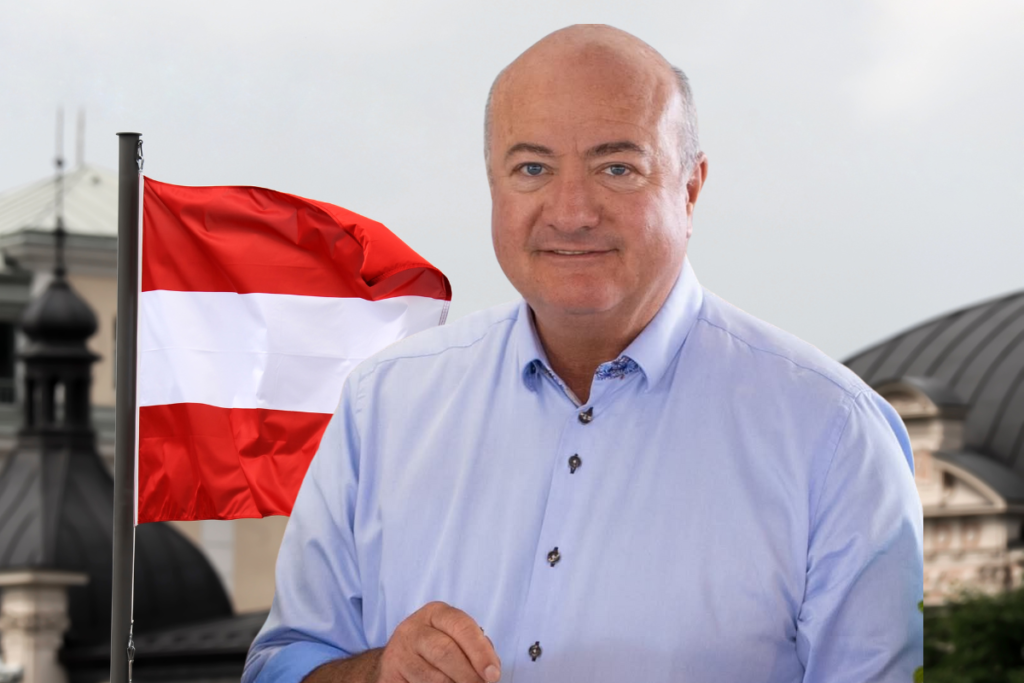The political landscape in the Philippines is often characterized as “carnivalesque,” marked by a blend of spectacle, performance, and drama that captures the attention of the nation and beyond.
In an opinion piece published on March 4, 2025, the complexities of this vibrant political tableau are explored, illuminating how cultural elements intertwine with political ambitions, shaping not only electoral outcomes but also the very fabric of Filipino identity.
The term “carnivalesque” encapsulates the paradoxes present in Philippine politics—where serious governance often collides with theatrical displays and populist performances. Political figures frequently engage in flamboyant campaigns, utilizing social media to create engaging narratives that appeal to a broad audience. This approach, while effective in mobilizing support, often obscures substantive policy discussions, leaving voters to sift through layers of spectacle to understand the implications of their choices.
Recent elections have showcased this trend, where candidates leverage entertainment and charisma to connect with constituents. The rise of celebrity politicians has further blurred the lines between governance and showmanship, as voters are drawn to personalities rather than policies.
This phenomenon raises questions about the long-term impact on democratic processes and the capacity for meaningful discourse.
Additionally, the socio-political context of the Philippines—marked by economic disparities, historical legacies of colonialism, and ongoing struggles for social justice—adds another layer of complexity. The entrenchment of power among elite families often stymies genuine democratic engagement, fostering a sense of disillusionment among the electorate.
As the nation navigates these challenges, the interplay between performance and politics will undoubtedly shape the future of governance. The need for a more informed and engaged citizenry remains paramount, as Filipinos must critically evaluate the narratives presented to them and consider the broader implications of their choices at the ballot box.
In this evolving political landscape, the “carnivalesque” nature of Philippine politics serves as both a reflection of cultural vibrancy and a cautionary tale about the perils of prioritizing spectacle over substance.



